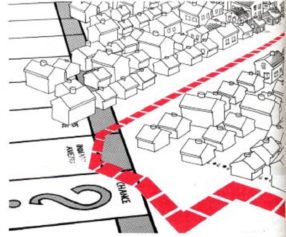
Duke’s Manuel Adelino, MIT’s Antoinette Schoar and Felipe Severino of Dartmouth released a research paper that vehemently disputes the notion that policies meant to improve access to credit among low-income people and disadvantaged minorities, most notably the Community Reinvestment Act of 1977 (CRA), encouraged banks to make risky loans, which eventually fell through, causing the crash.
The new study tells a different story. It details who actually took out mortgages in the time preceding the crisis and who defaulted once the crash hit. The findings fly in the face of the Bush administration and others who were quick to blame the collapse on anyone other than the banks that were purportedly too big to fail and dismal regulatory oversight.
According to the paper, the poor, in fact, did not start taking out more and bigger mortgages than the masses. However, it shows that borrowing increased for everyone. It further declares that all the populace believed housing prices would perpetually elevate … a thought that led to the fall. It was not loans to the poor.
Only 5 percent of the new mortgage debt in 2002 was from the poorest households. That figure did not increase at all from 2002 to 2006. If an explosion in unsustainable mortgages for poor households was behind the crisis, then, according to the researchers, there would have been a big shift toward those kinds of mortgages. But the data does not support that, hopefully ending for good the notion that the disenfranchised caused the tumult.


